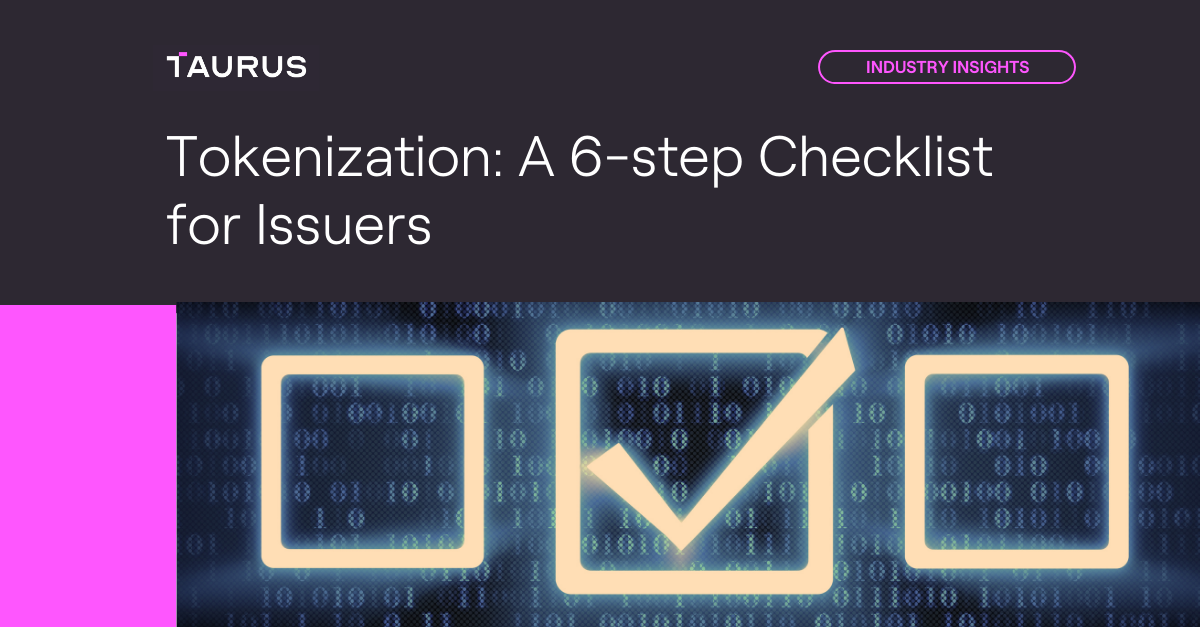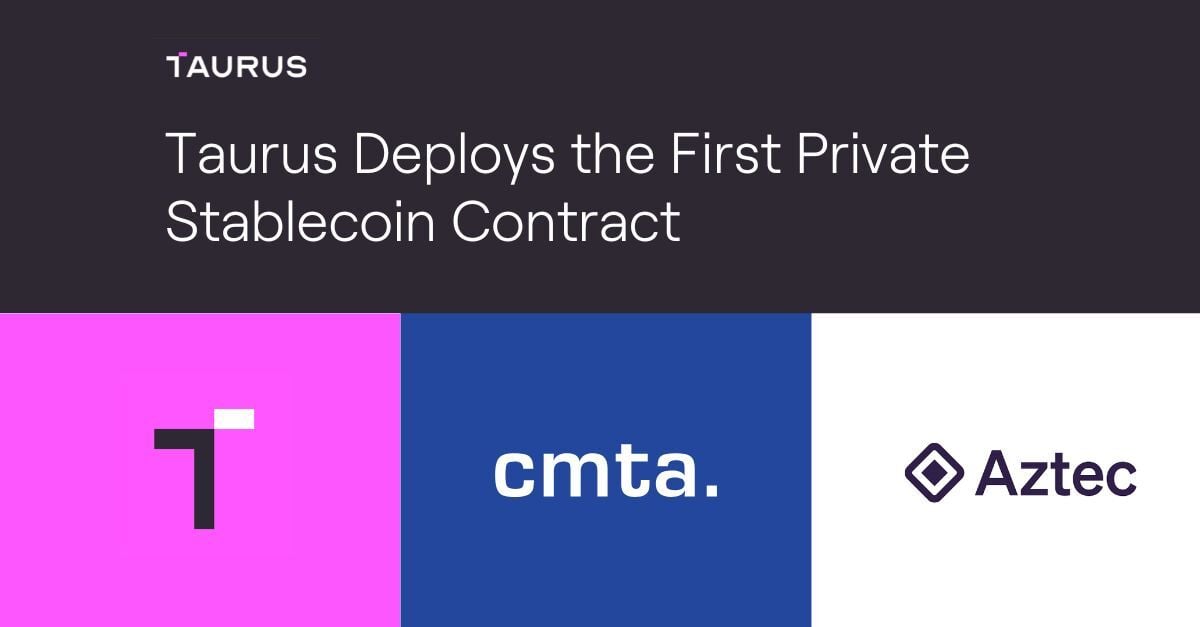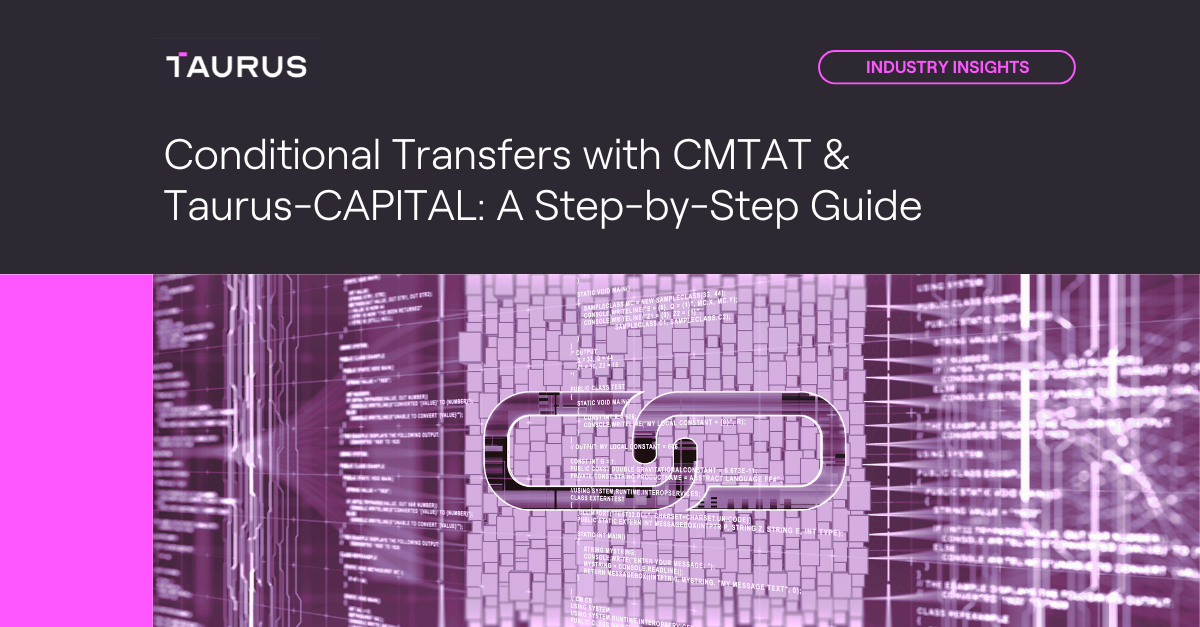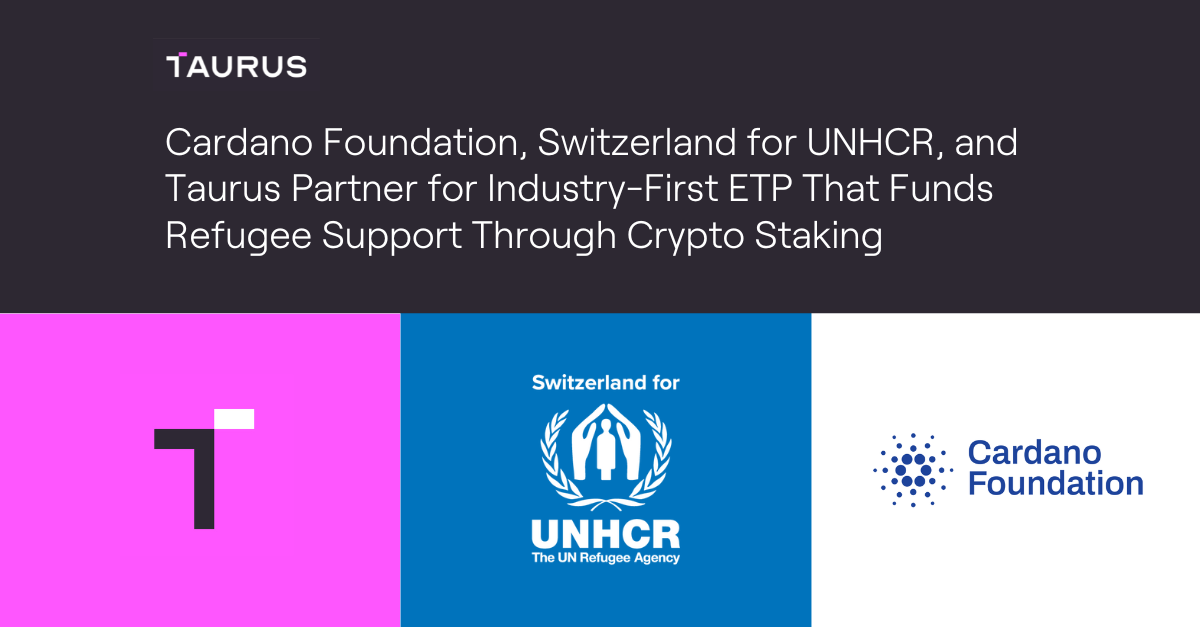Introduction
Asset tokenization, the process of converting ownership rights of real-world assets (RWA) into digital tokens on a blockchain, is swiftly reshaping the financial landscape. With the potential market value predicted to surpass $16 trillion by 2030, prominent financial institutions like JP Morgan, Goldman Sachs, and KKR are actively implementing tokenization to tap into this growing opportunity. They are establishing the necessary infrastructure to issue and service tokens for a diverse range of real-world assets, across equity, debt , structured products, funds, deposits, and art.
In addition, Bank of America recognized RWA tokenization as a key driver of digital-asset adoption. Tokenized gold markets have already attracted $1 billion in investments, while the demand for tokenized U.S. Treasury bonds continue to gain momentum, with nearly $500 million in market capitalization for tokenized money market funds.
Navigating this transformative landscape successfully requires strategic planning. For issuers and financial institutions, effective preparation and alignment with prerequisites are essential. In this article, we’ll delve into asset tokenization, its benefits, and the key steps for issuers and financial institutions to effectively seize digital asset opportunities.
Why tokenize real-world assets?
Tokenizing a real-world asset involves converting ownership of tangible assets, such as equities, bonds, loans, structured products, funds, art pieces, and more, into digital assets recorded on blockchain ledgers. This process presents a multitude of benefits, depending on the point of view taken:
- Electronic, programmable, and disintermediated format: Through tokenization, assets take on an electronic and programmable format, leading to instantaneous transfers. Asset features can be directly embedded within the token, allowing functionalities like whitelisting, freeze, unfreeze, destroy, and recreate. This level of programmability streamlines processes and increases control over asset management.
- Instant booking and settlement: Tokenization enables issuers to book their securities with banks and ensures rapid settlement. This efficiency in booking and settlement processes accelerates transactions, enhancing operational agility and reducing the time it takes for asset ownership to be transferred.
- Simplified trading: Electronic trading facilitated by tokenization empowers issuers to offer liquidity to shareholders and employees in a simplified manner. This accessibility is heightened by the potential for 24/7 trading, breaking down the limitations of traditional trading hours.
- Enhanced price discovery: When issuers admit their tokenized securities for trading on a regulated marketplace, price discovery mechanisms receive a significant boost. This translates to better market insights, improved price efficiency, and a more transparent valuation of assets.
- Cost efficiency: Tokenization minimizes financial and operational costs. While there are expenses associated with producing annual reports for trading on regulated marketplaces, they remain reasonable. This cost-effectiveness is particularly beneficial for companies admitted to a regulated market, as they incur a fraction of the expenses required by listed companies.
- Public transparency: In exchange for being traded on a regulated marketplace, asset issuers embrace the requirement to disclose financial statements. This commitment to public transparency fosters trust among investors and ensures the credibility of the traded assets.
Where should issuers and financial institutions begin their asset tokenization journey?
Regulated financial institutions and issuers stepping into asset tokenization require a holistic approach. To ensure a seamless process, the following key starting points should align with their goals and regulatory obligations:
Step 1: Verify legal recognition of ledger-based securities in your local jurisdiction
Before delving into asset tokenization, it's crucial to confirm whether ledger-based securities or their equivalents hold legal recognition in your jurisdiction. This foundational step ensures the legitimacy of the process, preserving the economic and social rights of the tokenized asset for the token holder.
Step 2: Assess benefits for your business, shareholders, and employees
Evaluate how tokenization can bring value to your business, shareholders, and employees. Consider benefits such as enhanced liquidity, access to innovative investment models, streamlined operational processes, and improved trading mechanisms.
Step 3: Collaborate with law firms knowledgeable in asset tokenization
Tokenization requires legal expertise. Partner with a proficient law firm that understands blockchain technology, financial regulations, and the nuances of tokenization. This collaboration ensures legal compliance, minimizes risks, and provides valuable guidance throughout the process.
Step 4: Engage certified technology partners
For the technical implementation of tokenization, team up with certified technology partners experienced in blockchain and tokenization projects. Their expertise in integrating blockchain platforms, designing smart contracts, and securing digital assets is pivotal for a seamless and secure tokenization process.
Step 5: If applicable, work with a financial institution which can book the securities
Either you are applying or already received the required regulatory license to custody and book the digital securities, or you can collaborate with a financial institution already regulated to book them.
Step 6: Ensure transparency with audited smart contracts
Smart contracts form the foundation of tokenization, overseeing transaction execution and transparency. Ensure availability of audited, recognized smart contracts within the market. Utilizing established smart contracts enhances security and simplifies the tokenization process.
Conclusion
Asset tokenization offers issuers and financial institutions a host of benefits, including enhanced liquidity, streamlined trading processes, and improved transparency. To seize this potential, a structured process is key—verifying legal recognition, assessing benefits, collaborating with legal experts, engaging technology partners, booking the securities with a financial institution and ensuring transparency through audited smart contracts. By managing these steps effectively, issuers can navigate tokenization with confidence.
For a deeper exploration and practical insights on tokenization across diverse asset classes, we encourage you to take a look at Tokenization: A Practitioner's Point of View.














